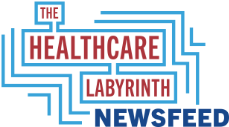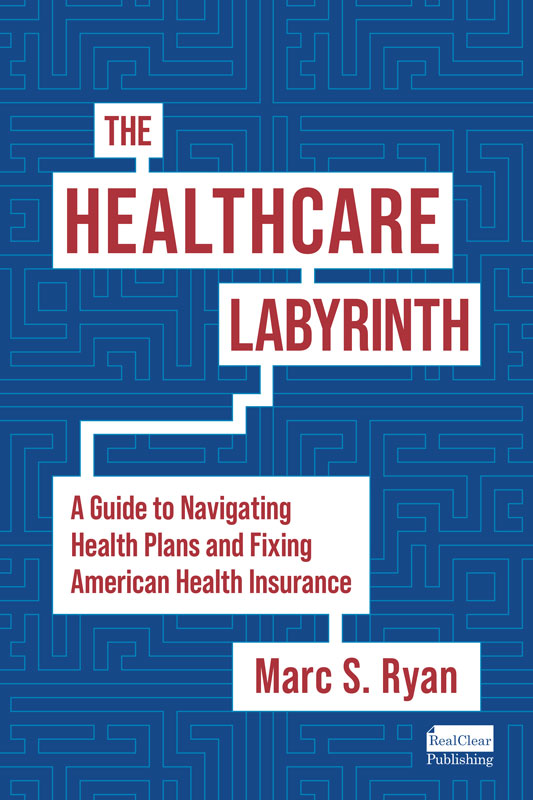Trump Announced GLP-1 Deals With Brand Drug Makers
The Trump administration announced two major drug-related reforms today.
The Centers for Medicare & Medicaid Services (CMS) announced a new model that aims to bring most-favored nation (MFN) pricing to the Medicaid space. Second, President Trump personally announced lower prices for self-pay and Medicare customers for GLP-1 and some other drugs.
CMS says it will launch the GENErating cost Reductions fOr U.S. Medicaid (GENEROUS) model. State Medicaid programs will be able to purchase certain drugs at prices that align with what is paid in other countries beginning in 2026. Through the model, CMS will negotiate with participating pharmaceutical companies to bring down prices.
In addition, Medicare will cover GLP-1 semaglutide and tirzepatide at much lower prices and this appears true for chronic conditions, these conditions with underlying obesity, and apparently obesity alone. “Until now, neither of these two popular drugs have been covered by Medicare for weight loss, and only rarely by Medicaid,” Trump said during a press conference in the Oval Office. “That ends starting today …. This will improve the health of millions and millions of Americans.” Medicare will pay $245 for semaglutide and tirzepatide, with $50 copays for the medicine for enrollees.
As well, in 2026, doses of Novo Nordisk and Eli Lilly’s blockbuster drugs for patients without insurance will be priced at $350 through TrumpRx for a month’s supply. Starter doses will be as low as $149 per month. They are currently well over $1,000 per month on a list basis. Starting doses of new pill versions of the treatments that will come to market will cost $149 a month.
There is confusion on whether GLP-1s indeed will be covered in Medicare for obesity alone and whether aspects of the announcement are mandatory or voluntary. In November 2024, the Biden administration proposed Medicare and Medicaid coverage of GLP-1s for obesity alone. The Trump administration did not finalize the rule, which reinterpreted obesity as a qualifying disease state in Medicare. The Trump administration argued at the time it would lead to huge cost increases at current prices.
But that may have changed with the new prices. Trump’s remarks and other officials seem to say that Medicare will be opened up to GLP-1 coverage for obesity alone. The government provided little details, however. Reports suggest that savings generated for existing prescriptions will be used to provide new coverage for GLP-1s to patients with obesity. A Novo-Nordisk press release says that Part D coverage for anti-obesity medicines will be enabled through a pilot program designed to cover a majoirty of Part D beneficiaries.” Does that voluntary program cover both extending the coverage to those with obesity alone as well as capping cost-sharing at $50 for everyone on the drug for any disease state? The latter copay issue would be similar to what Trump did in Trump 45 for insulin prices. Or, on the issue of coverage for obesity, will Trump do this via rule, effectively backtracking on striking down what Biden proposed.
Complicating all this is when will it begin. An Eli Lilly press release suggests the $50 cap in costs for enrollees begins as early as 2026. But benefit design and bids have long been put to bed.
Medicare was already expanding GLP-1 coverage from diabetes and heart disease to other disease states, such as prediabetes with obesity. Even with the discounts, liberal expansion of GLP-1 coverage could mean a huge surge in Medicare Part D costs. As well, note that the price is not nearly as low as other developed nations, which have prices below $200 and sometimes closer to $100 for a monthly supply.
Eli Lilly and Novo Nordisk also agreed to discount other medicines. Eli Lilly will provide Emgality at $299 per pen and Trulicity at $389 per month. Novo Nordisk will offer insulin products, including NovoLog and Tresiba, at $35 per month.
Both companies also committed to repatriating foreign revenue, applying MFN pricing to future drugs, and extending pricing to all state Medicaid programs. Novo Nordisk will invest an additional $10 billion in U.S. manufacturing, and Eli Lilly pledged at least $27 billion.
The agreement is separate from ongoing Medicare drug price negotiations.
In other news, a study by Epic Research found that 56% of semaglutide, 52% of liraglutide, and 55% of tirzepatide patients kept the weight off or lost additional weight after stopping GLP-1 use. The study tracked 188,722 patients who stopped taking the drugs after at least 90 days of use for treatment of obesity and had an initial weight loss of 5+ pounds. Complete weight regain occurred in 23% of semaglutide, 21% of tirzepatide, and 27% of liraglutide users at 24 months.
Additional articles: https://www.fiercehealthcare.com/regulatory/cms-unveils-new-model-aims-bring-most-favored-nation-pricing-medicaid and https://www.medpagetoday.com/publichealthpolicy/medicare/118344 and https://www.modernhealthcare.com/politics-regulation/mh-trump-eli-lilly-novo-nordisk-medicare-glp-1/ and https://www.beckershospitalreview.com/pharmacy/medicare-to-cover-glp-1s-under-trump-negotiated-pricing/ and https://www.beckershospitalreview.com/pharmacy/cms-launches-pilot-to-lower-medicaid-drug-costs-8-things-to-know/ and https://www.cms.gov/newsroom/press-releases/cms-announces-new-drug-payment-model-strengthen-medicaid-better-serve-vulnerable-americans and https://www.hhs.gov/press-room/cms-announces-new-drug-payment-model-to-better-serve-vulnerable-americans.html and https://thehill.com/policy/healthcare/5593083-trump-administration-glp-1-novo-nordisk-eli-lilly/ and https://www.epicresearch.org/articles/two-years-after-stopping-glp-1s-most-patients-sustain-at-least-some-weight-loss
(Some articles may require a subscription.)
#medicare #medicaid #partd #commercial #employergroup #gp1s #weightlossdrugs #drugpricing
https://www.healthcaredive.com/news/lilly-novo-trump-obesity-drug-pricing-deal-zepbound-wegovy/804937





